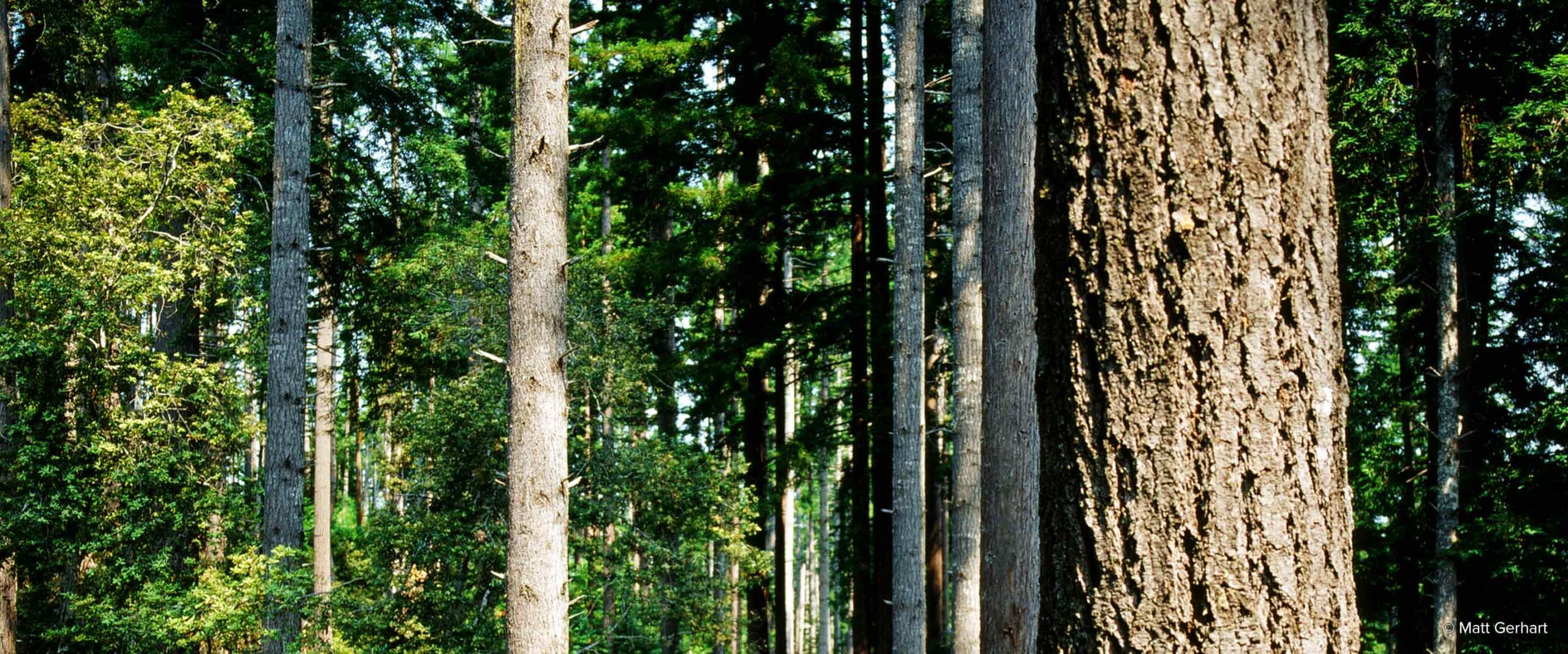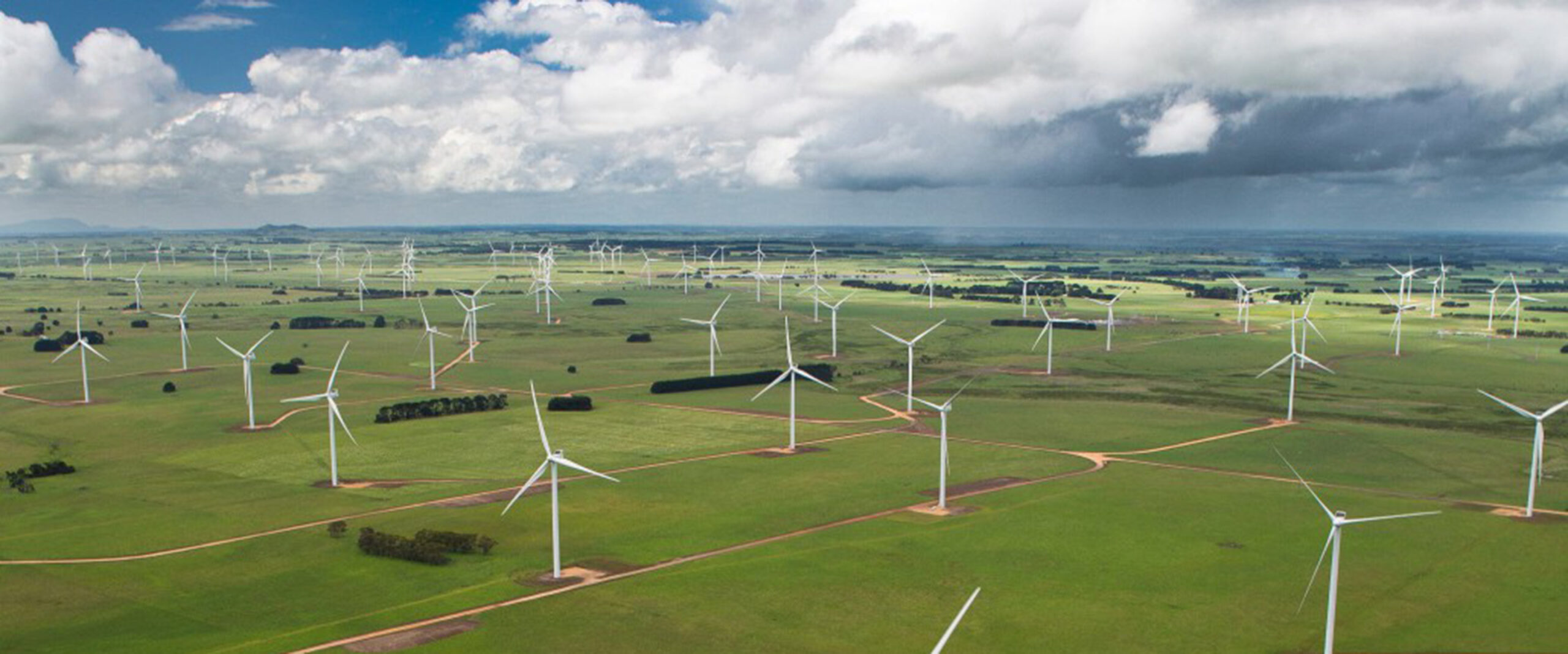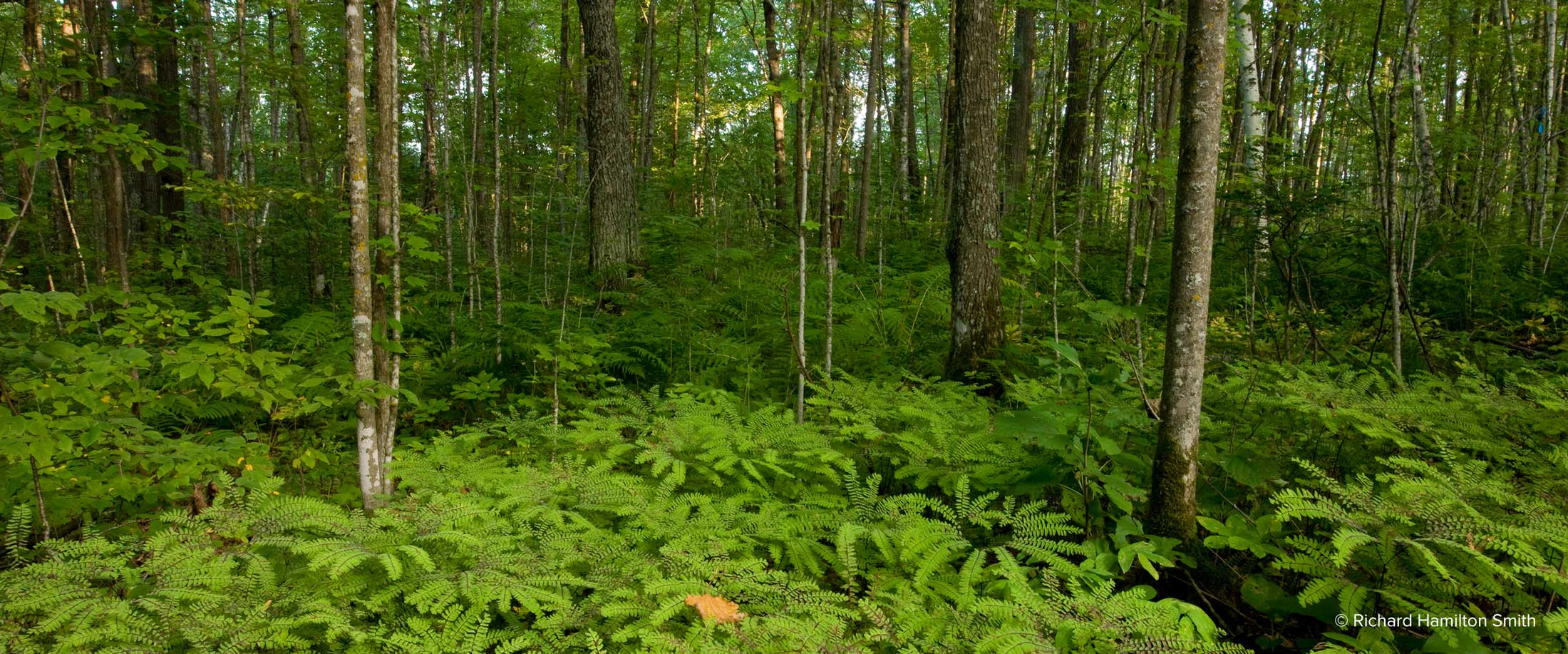
By transforming forest management in north central Minnesota, this project enhances the health of nearly 175,000 acres of working forest while supporting the local forest products industry and associated livelihoods. Along with increasing forest carbon stocks, this project safeguards the ecosystem services that the forest provides like clean water, wildlife...
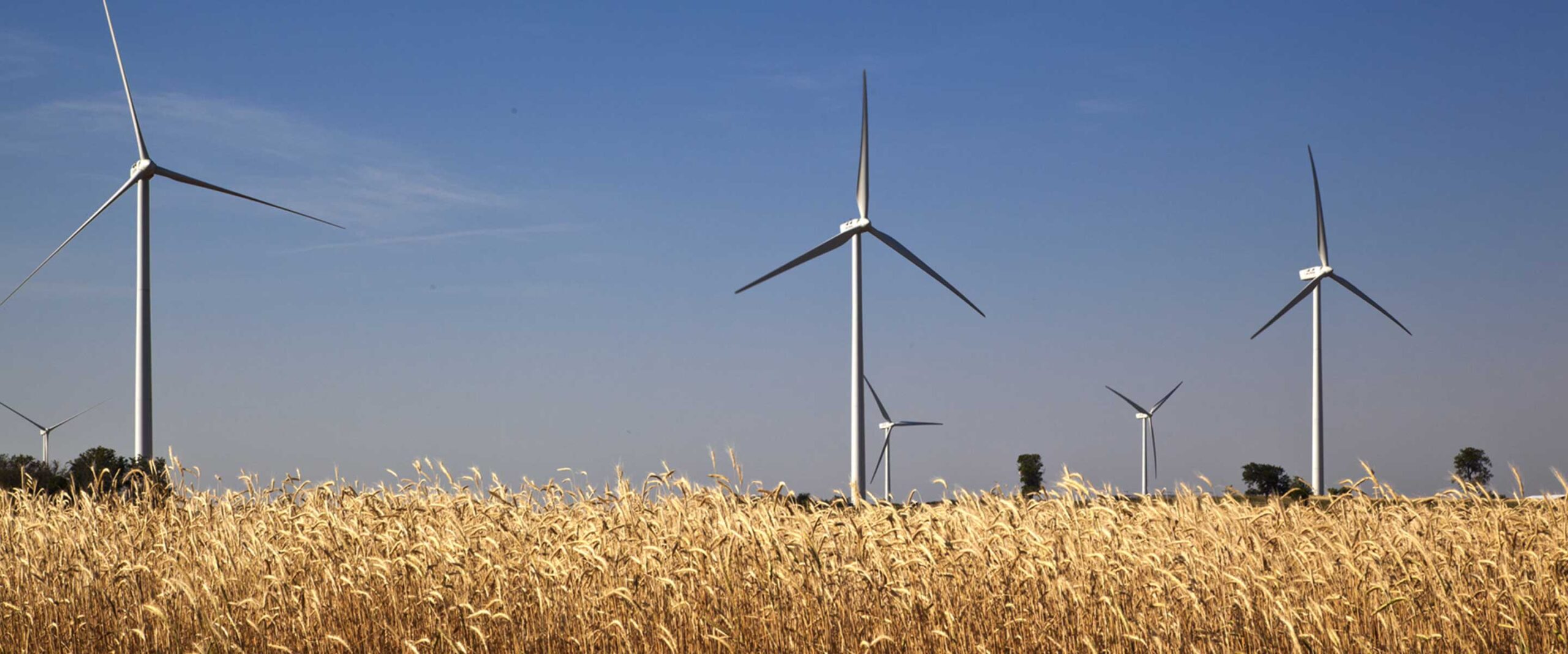
This wind farm generates enough renewable energy to power over 45,000 homes. By generating clean wind energy, this project reduces the USA’s heavy reliance on fossil fuels and avoids harmful CO2 emissions. Where & Why Over 80% of the energy used in the USA is generated from fossil fuels such...
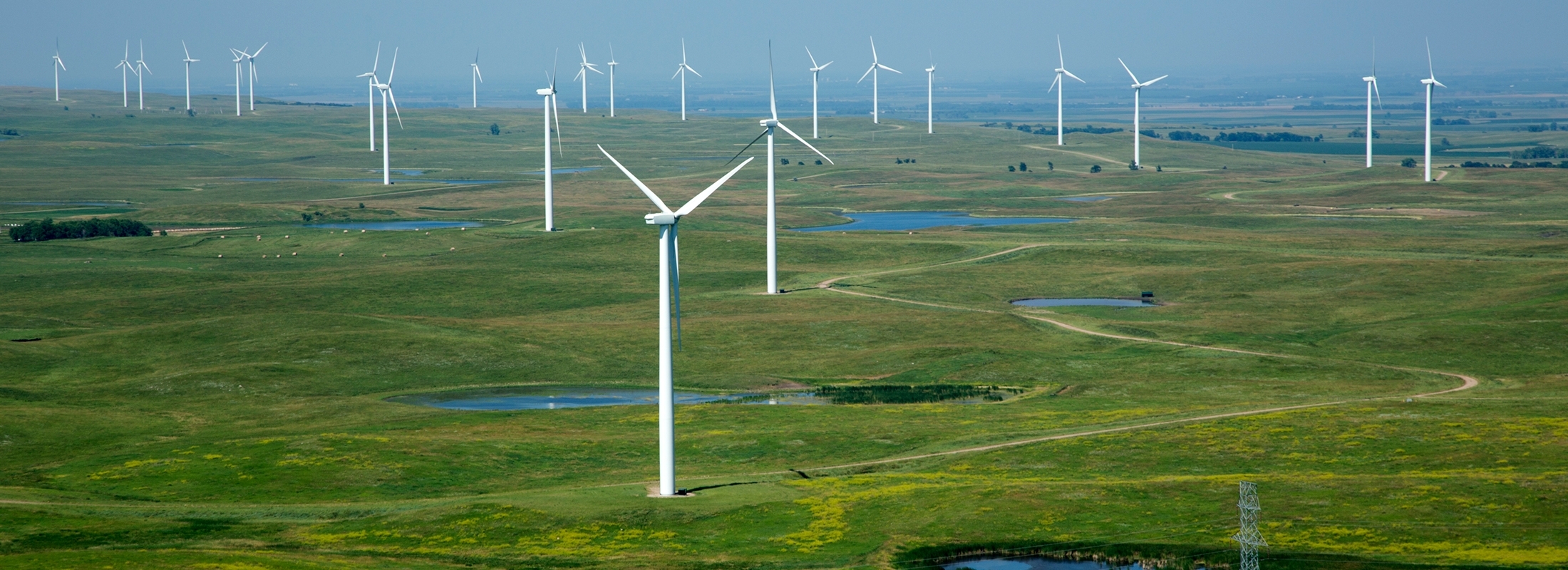
As their blades rotate in the strong South Dakota winds, the 108 turbines at Crow Lake Wind Farm generate clean electricity that displaces energy sourced from dirty fossil fuels. Along with avoiding emissions, the turbines are also used to educate students at a nearby technical college and prepare them for...
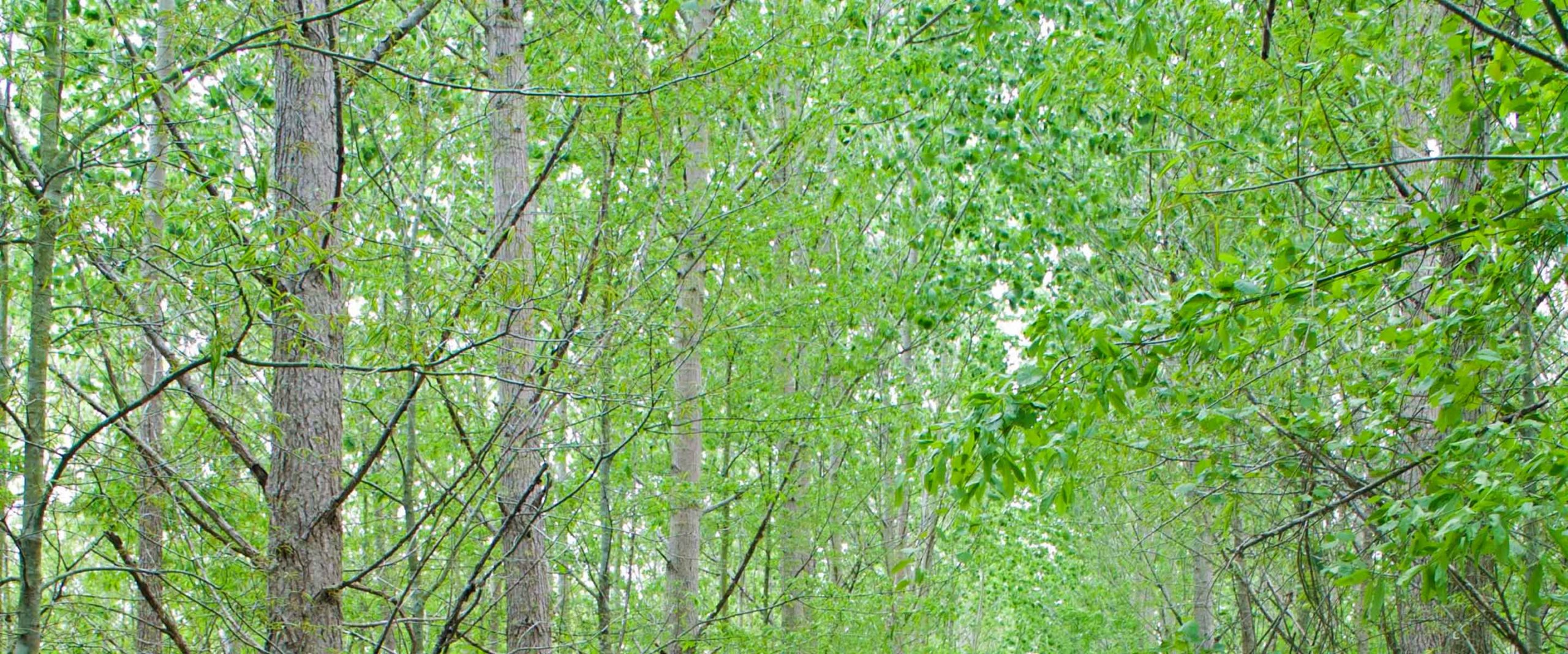
This project is reforesting 1 million acres of farmland in the Lower Mississippi Alluvial Valley by planting and protecting trees. In addition to storing carbon, the revitalized forest will generate income for local landowners, provide a habitat for migratory birds, and prevent pollution from entering the Mississippi River. Where &...
